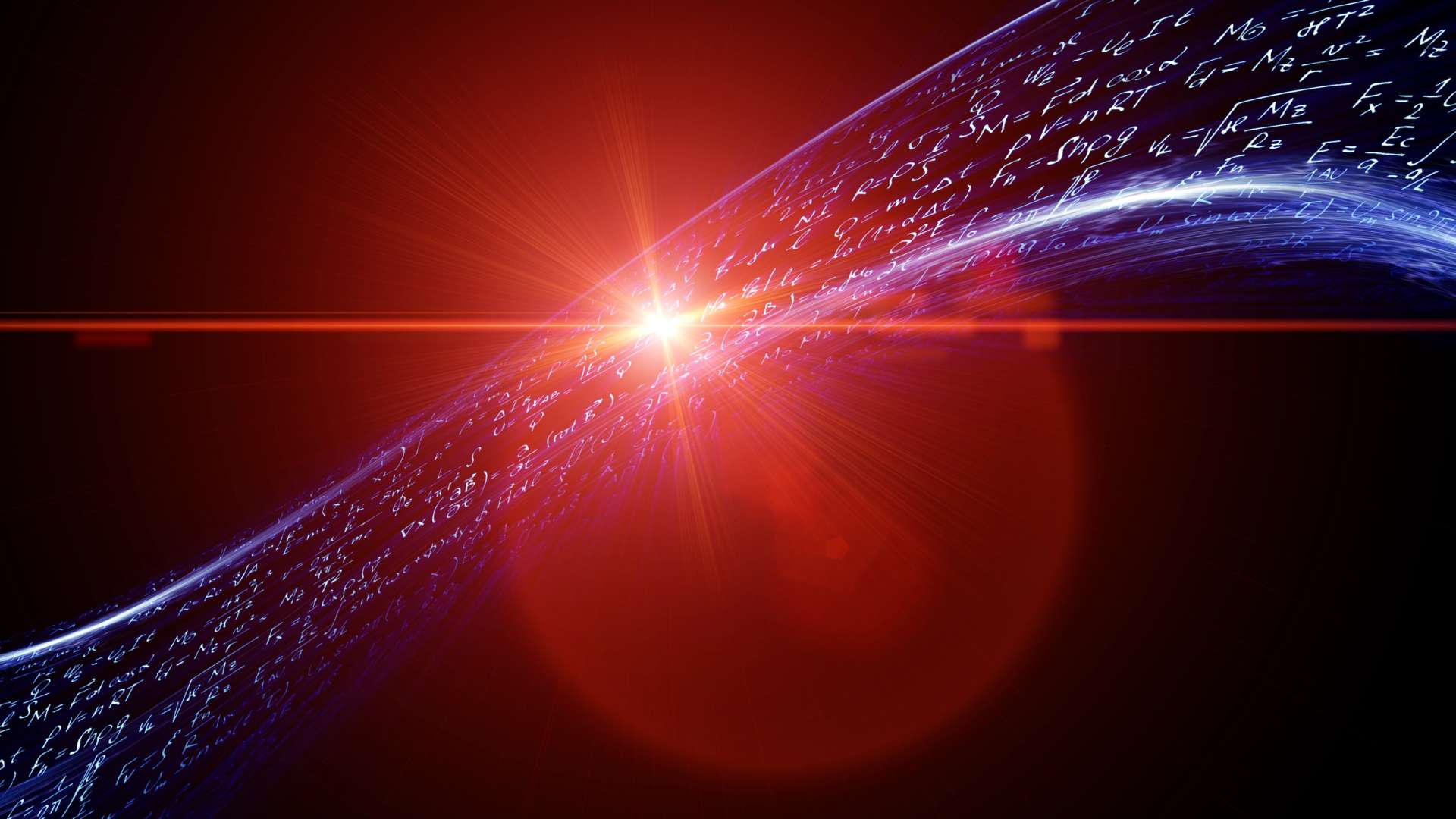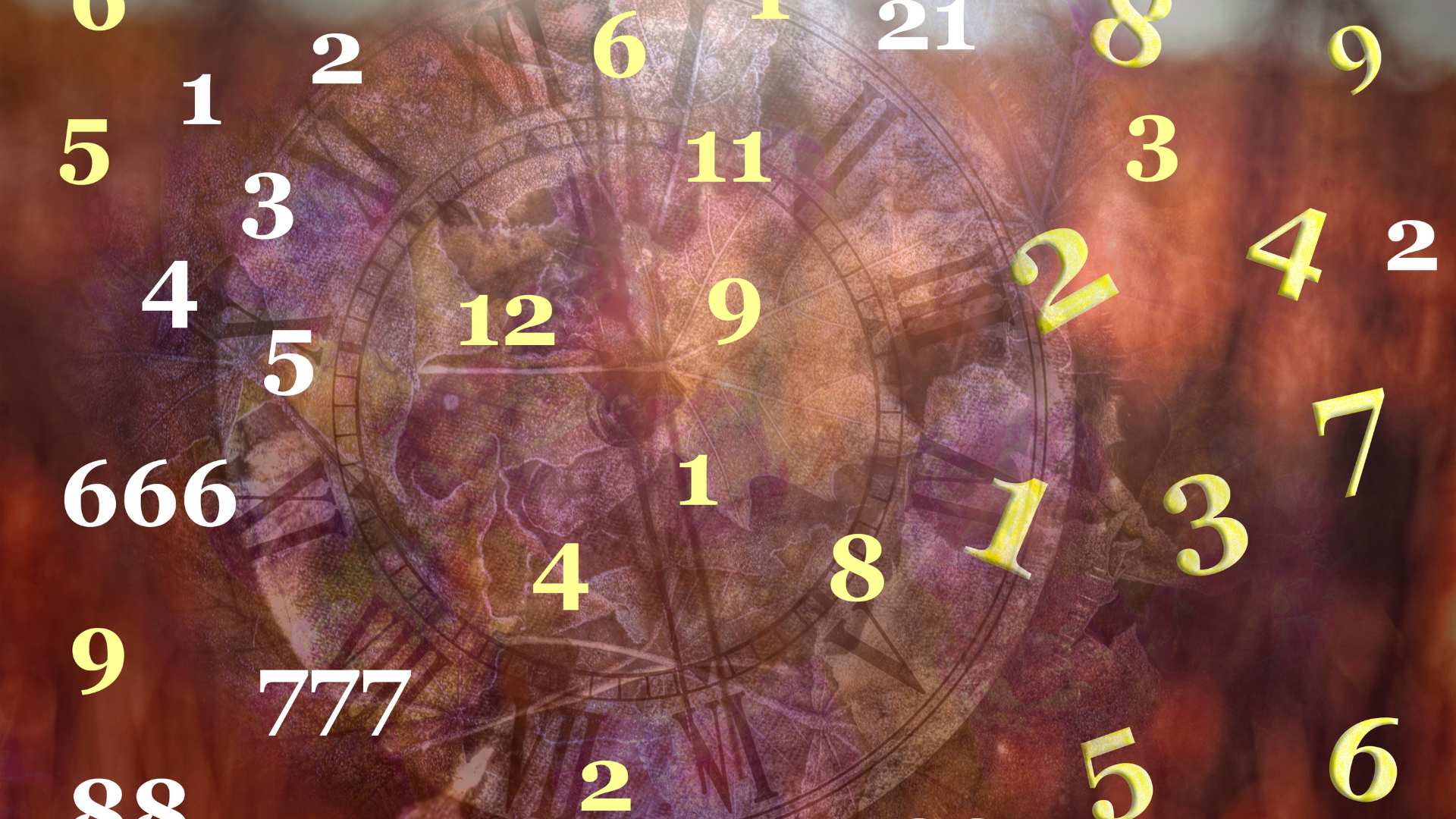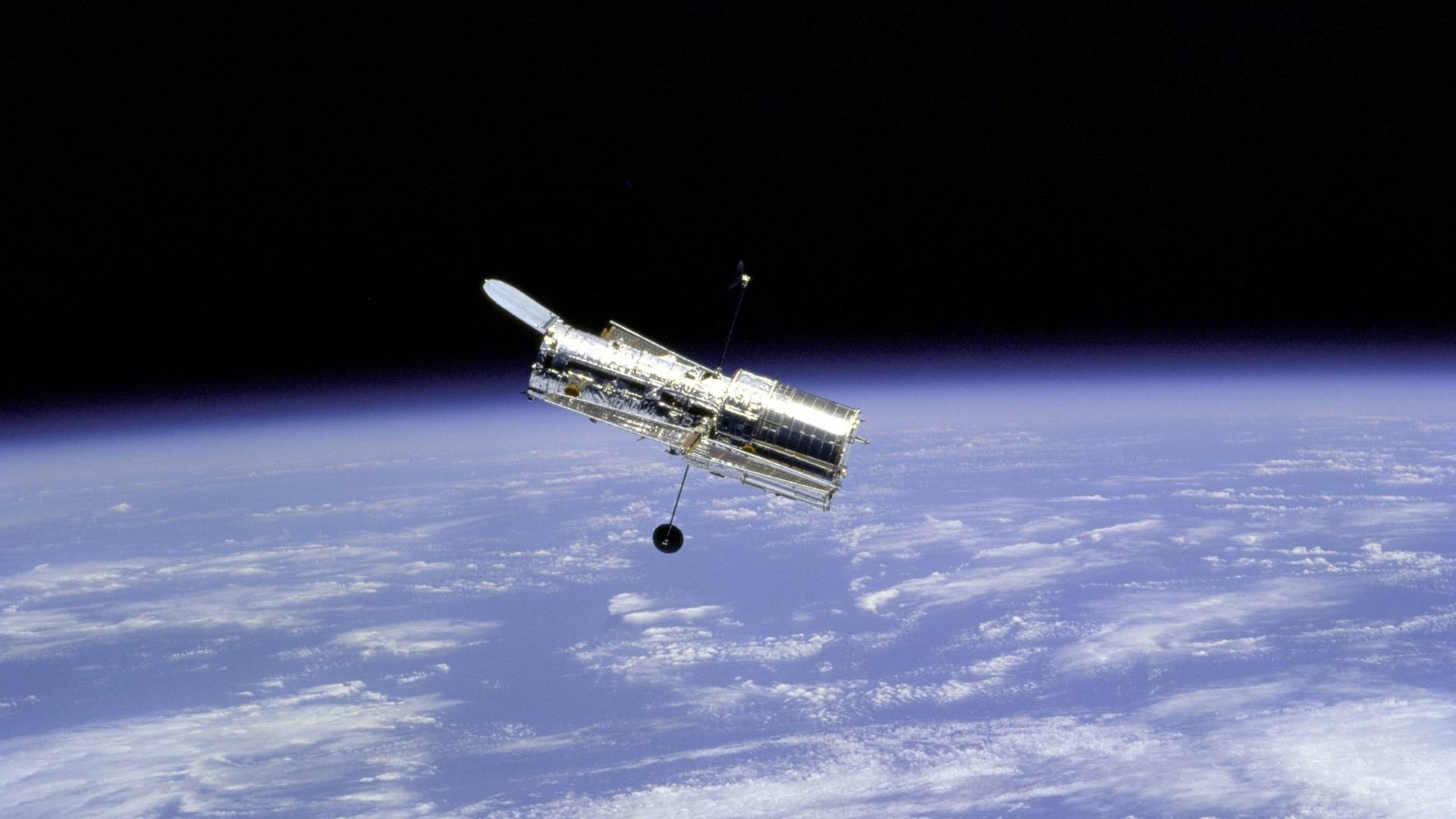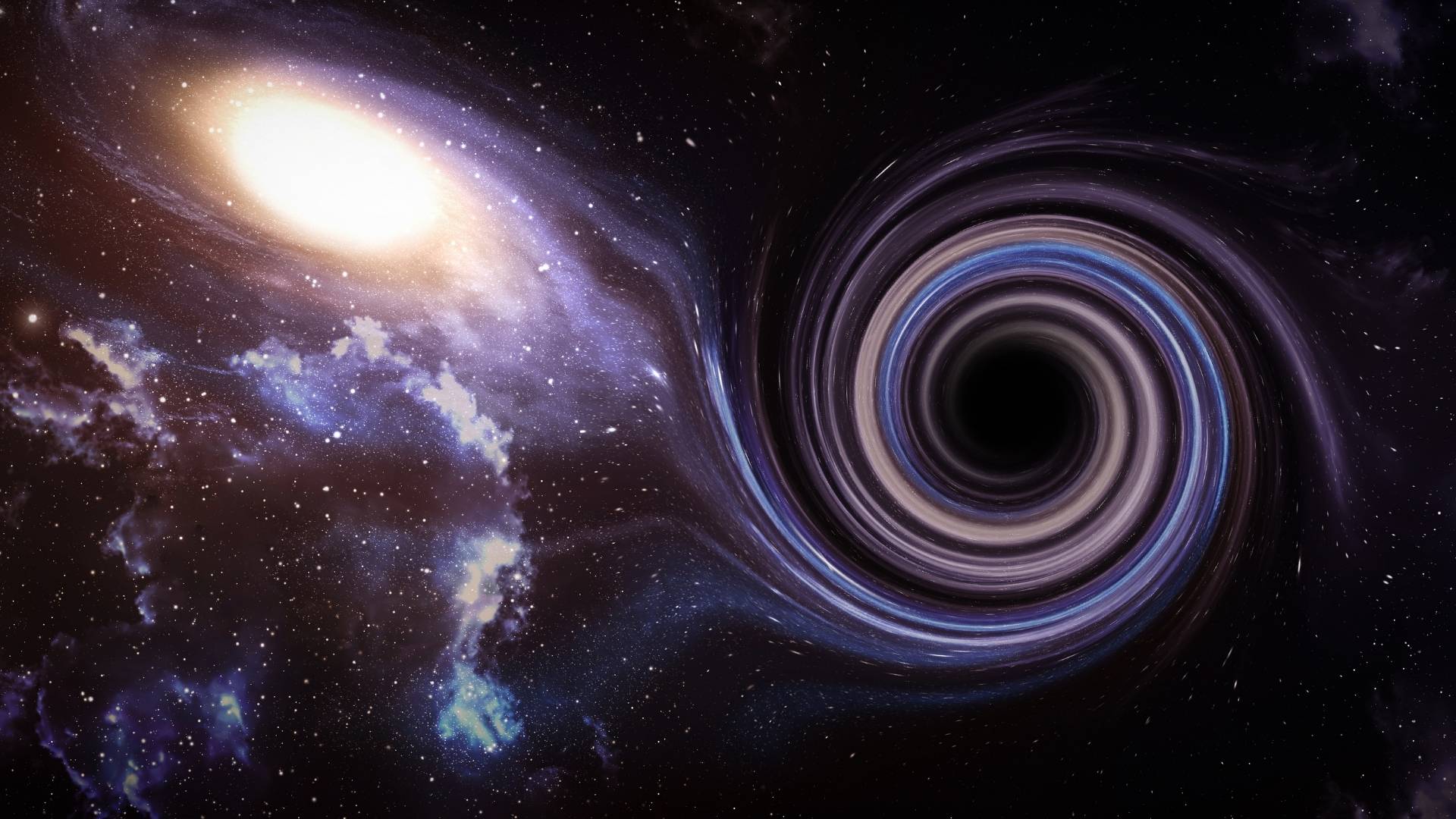This article refers to and is at the same time a supplement to the work The Cold Big Bang Model, hereafter called CBBM or the basic work, which was printed by the Tribuna Economică publishing house, in the year 2021, with ISBN 987-973-688-429 -0; work is also listed at: bigbangdigitalmodel.com
I. In the present study we deduce the existence of a fundamental constant of any Universe, namely the power released during a cosmological inflation, i.e. the amount of energy-mass generated, divided by the duration of inflation.
II. We show that the power flow density is independent of the definition of the Universe, resulting hence a universal constant of the CBBM. In this way, this paper hypothesizes that a huge amount of energy can be extracted from space – as defined in the CBBM, even from the areas called by abuse of language “empty space”, energy that if we learned to use it, we would remove from the common language the concept of the energy crisis and in addition we could end up building some spaceships that cross the galaxy.
Perhaps the technology of extracting this energy was known in antiquity, after which it was lost. Reliefs from the Dendera complex of Hathor’s temple, Egypt, appear to depict some luminescent bulbs, connected by a wire, not to batteries but to a pillar called Dje. The eternal light, as it was called in antiquity, seems to have existed not only in Egypt, but also in ancient Rome.
Nikola Tesla, in his work Experiments with Alternate Currents of High Potential and High Frequency published in THE ELECTRICAL WORLD, July 11, 1891 makes the following statement: “Ere many generations pass, our machinery will be driven by a power obtainable at any point of the universe.” Browsing through the work of the great scientist, mentioned above, I note a certain similarity between the bulbs of Dendera and the lamps described by Tesla, even if the ways of supplying energy seem different.






